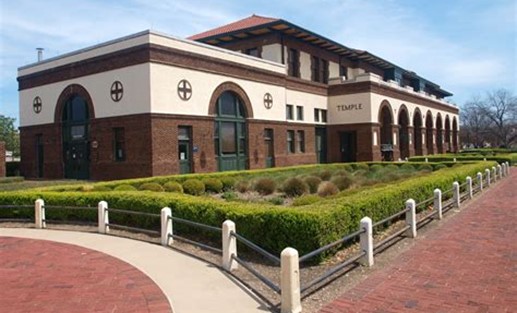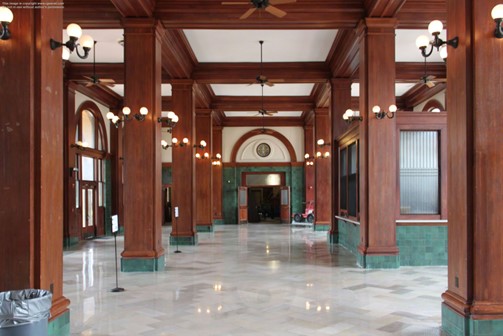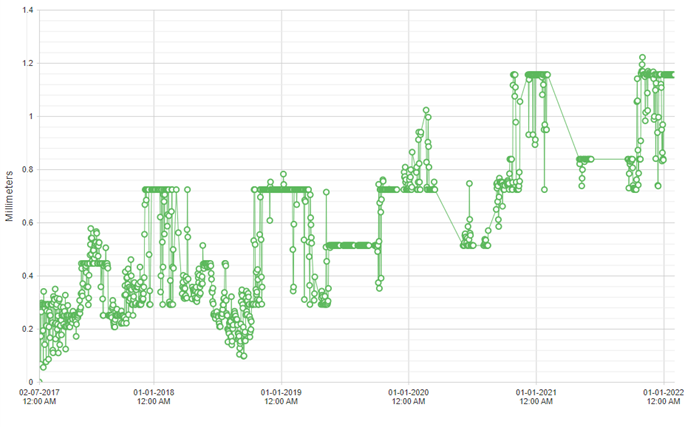- (254) 733-6954
- info@structuralhealth.tech
- PO Box 81, McGregor, Texas 76657
Historical Structures
Benefit from long-term monitoring
Automated Electronic Crack Monitoring

We appreciate old things of significance, historic relics and memories that spark reflection of where we come from, events that shaped our culture, and how those before us lived and persevered. Preservation of these records against degradation is important and valued. Historical Structures are no different and are particularly vulnerable to deterioration for at least 2 reasons: 1) Less modern construction technique and technology are often not as durable and 2) the effects of time (soil movement, erosion, wear and tear, etc) are not friendly.
Cracks are one of the first and fortunately most obvious signs of distress in an aging-structure in distress. All structures have cracks, the vast majority of little significance; however, as buildings, bridges, or other construction moves into “the historical realm”, certain cracks often provide insight into how a structure is holding up and are important to monitor in the desire to understand structural health and integrity.
Long term monitoring of cracks is an easy, inexpensive method to ensure infrastructure integrity and helps pinpoint specific problem areas. Placement of an array of monitors by knowledgeable engineers provides not only peace of mind, but also sounds early warning of necessary safeguards for budgetary and planning needs.
In 2016, Structural Health was contracted to monitor cracks in the Temple Railroad Museum which was built in 1911. Central Texas is notorious for thick black clay that swells and contracts significantly with moisture and this large structure with high vaulted ceilings was not immune to the natural effects of this clay.

Subsequent to a foundation
Stabilization project, SHDS installed six Movement Monitors in the historic building to track crack progress for 5 years. Beginning in 2016, a daily stream of 24 vertical and horizontal movement readings were collected and displayed hourly along with temperature, battery strength, and signal intensity. This robust data set was available to all with access credentials to read directly from the website or download to a spreadsheet for more creative analysis if desired.


The Advantage
The beauty and ambience of this grand structure from the heyday of rail travel in this country provide great attraction to children and are pleasant day trips or inexpensive event venues today. The high vaulted ceilings made electronic reading especially desirable to avoid having to maneuver ladders for accessing difficult to reach locations.
In the below graphic from our website, is a typical crack record over 5 years. The foundation stabilization was completed in 2016/17 and we observe a very typical crack movement through winter and summer seasons over 5 years. The full range of this crack movement is about 1mm. The crack grows slightly in the winter as the building contracts, and it shrinks in the warmer months as the building expands. The seasonal range of the crack is more or less 0.5mm and it appears that over 5 years the crack may have expanded 0.4 – 0.5mm. This detailed information of building movement over time gives facility managers pertinent and helpful data to know whether or not to be concerned.

This plot is made from over 40,000 readings that were taken remotely without need of an engineer or technician interface and documents the crack performance after the building repair. The User received a large volume of readings that yield an accurate and rich data set that would be unavailable from periodic manual measurements.
Bottom Line:
While there are many advantages that come with electronic crack monitoring, we always come back to a bedrock principle:
Robust, accurate data that provides confidence and peace of mind in understanding what is moving

